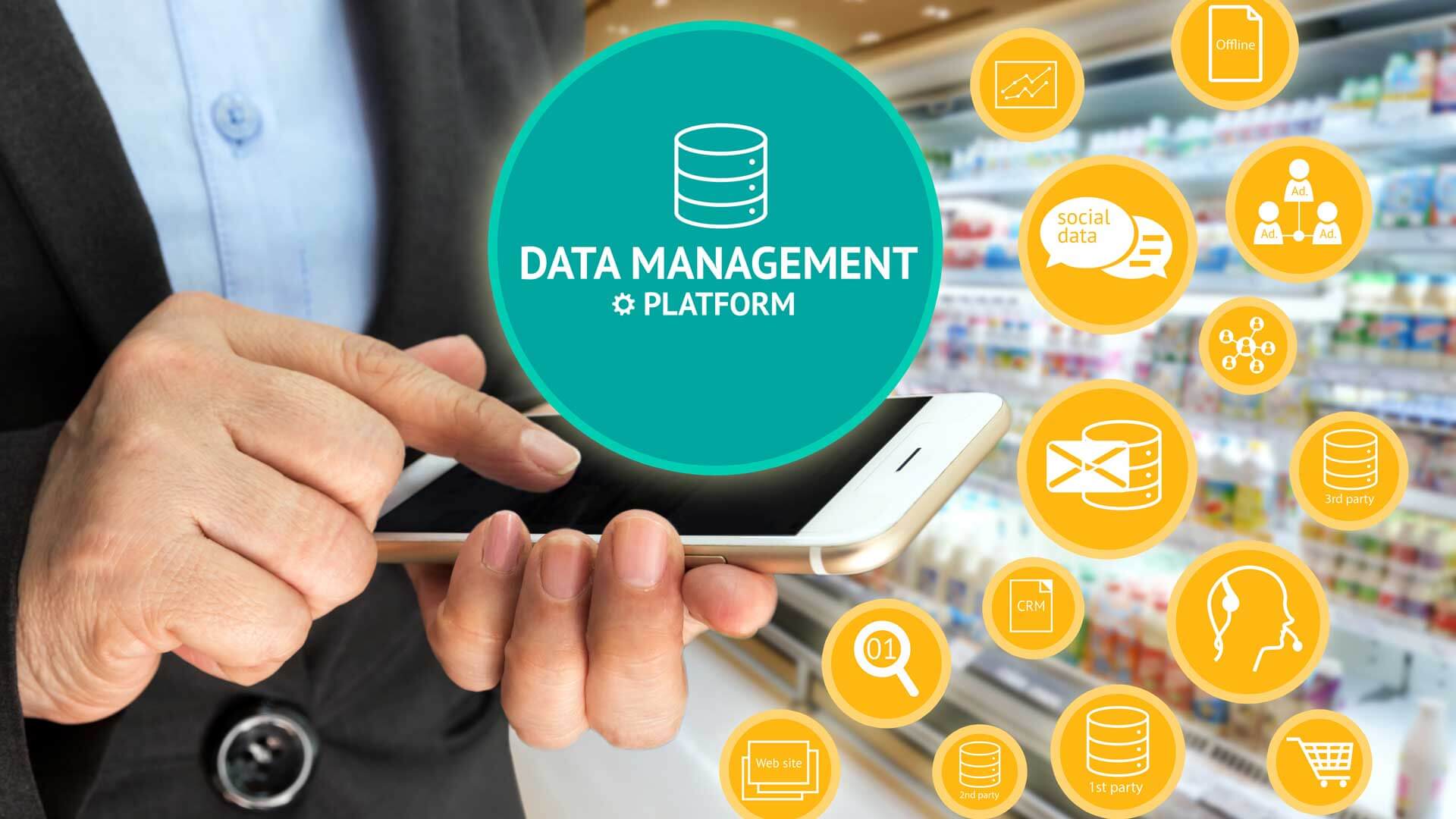From artificial intelligence to tangible action: Executing on AI insights at scale
How customer data platforms let marketers take action on information gleaned through AI and machine learning.
 Traditionally, artificial intelligence (AI) has been an expensive proposition, from painstaking data prep to scarce data science talent. The irony is, the resulting AI insights often end up sitting on a shelf gathering dust.
Traditionally, artificial intelligence (AI) has been an expensive proposition, from painstaking data prep to scarce data science talent. The irony is, the resulting AI insights often end up sitting on a shelf gathering dust.
A lot of digital ink has been spilled outlining the challenge of readying data for AI tools — gathering data from disconnected systems, validating its quality and organizing disparate datasets to make them analysis-ready. But too often, businesses don’t have systems in place to support the other side of the equation — turning AI insights into tangible action.
Roadblocks to action at scale
Enterprise brands know this challenge firsthand. With millions of customers and billions of customer transactions and events, they have enough data to make any data scientist drool. However, the sheer scale can be a two-edged sword, not just in terms of data prep but also execution.
Even after data scientists have completed their work, brands must somehow make their findings — i.e., predictive scores for millions of individual customers — available to marketers and actionable across disparate marketing execution systems. Otherwise, all intelligence will remain theoretical.
Let’s say a major subscription-based brand with 2 million customers wants to fight customer churn. The data science team unleashes its machine learning tools on billions of rows of data, discovering behaviors that signal churn risk, weighting the predictive power of each of those signals and using the resulting algorithm to calculate the risk of all 2 million of its customers.
When data scientists complete their work, the marketing team decides to run a special promotion targeting the 10,000 customers with the highest risk scores. But before creating the campaign, marketing must reach out to overburdened technical experts for:
- One-off queries and spreadsheets from data scientists. Marketing must ask the data science team to write a manual query that gathers the top 10,000 customers, plus any contact or other information required to build a campaign. Marketing generally receives this data in a spreadsheet, which will require further manual handling.
- Hard-coding by database engineers. Alternately, the database engineering team must hard-code, test and implement changes to the customer data store in order to ingest the new churn score — a labor-intensive and time-consuming proposition.
From raw scores to rapid campaign execution
Now, let’s imagine the same brand has implemented an enterprise-grade customer data platform (CDP). At its core, a CDP unifies billions of transactions and customer events from siloed systems. Just as important, it makes all that data available to marketers, so they can interactively build intelligent audience segments and seamlessly execute them across any channel — without calling upon any additional tech resources.
A CDP can also remove the technical roadblocks that stand between AI-generated predictive scores and rapid campaign execution. Let’s consider the three key steps in the process by which a CDP turns predictive scores into profitable action:
Step 1: Smart ingestion

An enterprise CDP can automatically ingest raw churn scores (or any other predictive scoring) and instantly associate them with individual customer profiles — no additional queries or coding required.
This is possible because the CDP has already done the hard work of reducing the enormous volume and complexity of customer data by separating it into two essential categories:
- Attributes that define an individual customer, including profile information such as an email or a physical address, as well as demographic (e.g., gender, neighborhood, age).
- Customer behaviors, for example, recent purchases, store visits, web browsing history and so on.
Essentially, the AI-generated customer score just becomes one more simple behavior that marketers can draw on.
Step 2: Instant marketing insight — and rapid campaign-building

Thanks to smart ingestion, marketers now have instant access to all their customer files, now enriched with timely churn scores. No need to make any requests of data engineers or data scientists. And the CDP gives marketers much greater power and flexibility than any flat file a data scientist might provide.
They can instantaneously decide to expand the campaign from the top 10,000 customers at highest risk of churning to 50,000 customers at risk. Or they can take a completely different approach to capitalize on the brand’s strong relationship with those customers with the lowest risk of churning, by creating a cross-sell or upsell campaign.
Whatever marketers decide, the CDP enables them to build highly targeted segments at speed. If, for example, they stick to their 10,000 at-risk customers, they can quickly create highly targeted micro-segments that leverage the full spectrum of customer data in the CDP, from browsing history to ZIP code.
Step 3: Seamless and intelligent cross-channel execution

Once marketers have divided those 10,000 at-risk customers into highly targeted segments, the CDP is ready to execute on them. With out-of-the-box integrations, as well as a modern API for custom integrations, the CDP can execute the resulting campaign across any channel, whether with the brand’s own execution systems or via third-party providers.
Some CDPs enable marketers to create an even more effective campaign by, for example, automatically selecting the optimal channel(s) based on customers’ historic interactions or automatically personalizing messages by leveraging past events, from historical purchase data and to near-real-time browsing.
With an enterprise-grade CDP, you remove all the friction that stands between AI-driven customer insight and the execution of highly targeted campaigns.
Opinions expressed in this article are those of the guest author and not necessarily MarTech. Staff authors are listed here.
Related stories
